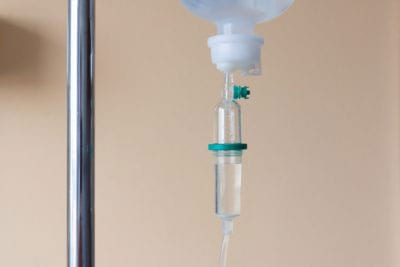According to a story from healthbeat.spectrumhealth.org, Tasha Veinbergs was 13 years old when she was first diagnosed with Pompe disease. She was visiting the doctor to treat a small cyst on her hand, but while she was there, her mother decided to raise another concern: 13 year old Tasha couldn’t really jump. This set off warning bells for Tasha’s doctor, and a blood test indicated signs of muscle damage. The diagnosis was very serious as there were no approved treatments for Pompe disease at that juncture.
About Pompe Disease
Pompe disease, which is also known as glycogen storage disease type II, is a genetic, metabolic disorder. This disease can cause damage to the nerves and muscles throughout the body, and is the result of the excessive buildup of glycogen in the cellular lysosome. This occurs because of the deficiency of a certain enzyme. The disease is the result of a genetic mutation that appears on chromosome 17. Symptoms of Pompe disease vary depending on when it appears. They can include poor growth, trouble feeding, enlarged heart, poor muscle tone, muscle weakness, and breathing problems. There is also a late onset form that mostly differs by the absence of heart abnormalities. The primary treatment for Pompe disease is enzyme replacement. While this treatment can improve symptoms and survival, a high dosage is necessary and it primarily only halts disease progression. To learn more about Pompe disease, click here.
Tasha’s Story
It looked like Tasha would have to face a future filled with progressive decline and ultimately disability. However, just three years after being diagnosed, the US Food and Drug Administration (FDA) approved the first enzyme replacement therapy for the disease. Tasha was 16 years old when she first began receiving the therapy, which was administered by infusion every two weeks. While Tasha still lacked overall muscle strength, the treatment was able to prevent her disease from progressing.
The treatment has allowed her to live a somewhat normal life. She has a career and is now married with two kids. While she has to use double strength enzyme replacement treatments now, Tasha is optimistic about the future and plans to keep advocating and remain an active part of the Pompe disease community.







